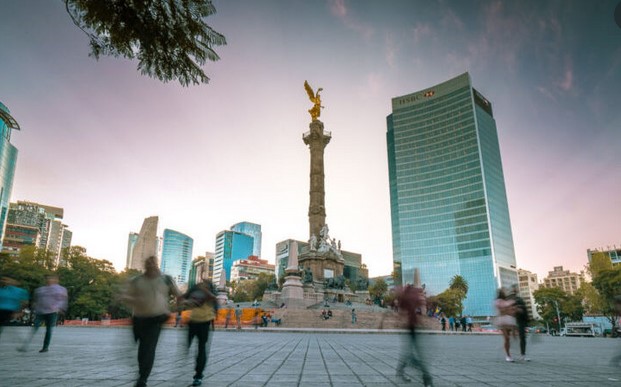The supply of private equity funds listed on the Mexican stock exchanges (BMV and BIVA), as well as AFOREs’ investments in them, have almost doubled in just over three years. Between December 2017 and March 2021, the number of vehicles increased from 88 to 172 vehicles (+ 95%) while the investments of the AFOREs rose from 7.797 million dollars to 15.365 million dollars (+ 97%).

Mexico is perhaps the only country that has private equity funds registered in its stock exchanges, however, this occurred since the institutional investor can only acquire securities that are the subject of public offering, so making it public was the solution found to give institutional investors access to this asset class in 2009.
In December 2017, investments in private equity were basically local, the real estate sector (30% of the capital called) led the list; followed by infrastructure (21%); private debt (17%); private equity (14%) and energy (11%) to name the most relevant.
By allowing global investment as of January 2018, what has been observed is a recomposition that has allowed the AFOREs to diversify both by sectors and globally.
In December 2017, 93% of the resources were concentrated in 5 local sectors, while by March 2021, 91% were concentrated in 6 sectors where 5 are local and one global. In another 5 additional sectors there are the remaining 7%.

In 2017, investments in CKDs and CERPIs accounted for 4.9% of assets under management and by May 2021 they reached 6.2%, however, it must be taken into account that in the period the assets under management of the AFOREs increased 55% from 160.251 million dollars in December 2017 to 247.825 million dollars as of May 2021.
If you break down 6.2% of the private equity investments held by the AFORE, it means that in just over three years 5.2% are local investments (from 4.9 to 5.2%) and 1% are global investments.

The incorporation of global investments in private equity is not only causing sector diversification, but also a rebalancing between local and global investments. We already observed this recomposition when the AFOREs were allowed to invest in equities (2005), where in the first instance they were allowed local investments and later global investments through a variety of vehicles such as ETFs, mandates and in recent years mutual funds. Currently 14.1% of the assets under management of the AFOREs are in international equities and 5.8% in national equities, which means that 71% of equities are international and 29% local.
Today the AFOREs’ investments in private equity, 80% are in local investments and 20% are global, so as assets continue to grow, the composition of local and global investments will continue to seek sectoral and global diversification.
Column by Arturo Hanono

